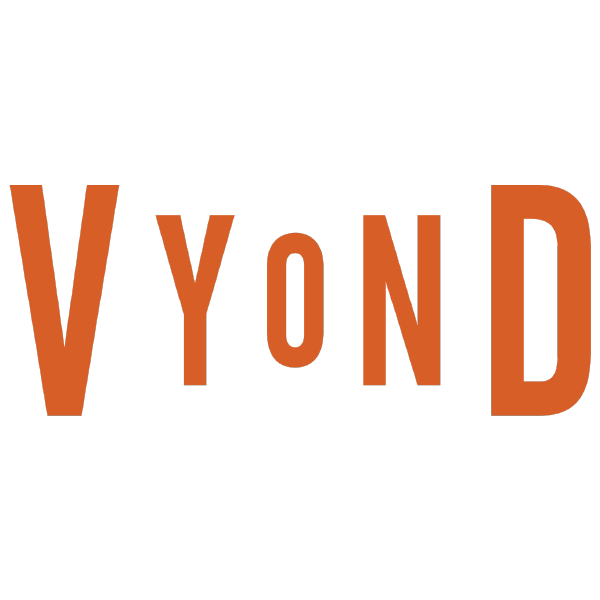ATD Blog
Measuring in the Moment: Timely Tracking of Your Training Program’s Success
Tue Feb 16 2021
At Vyond, we’ve worked with thousands of instructional designers who have built animated training videos using our platform. We’ve learned a lot from their work, and we borrowed from their experience to create Vyond’s guide for developing an employee training program.
The most important step in that guide is identifying the team’s needs, which is why it’s first on the list. That’s also why I wrote about the subject, identifying training needs in my most recent blog post for the Association for Talent Development. The next most important step is to continuously improve your training program.
The key to that kind of improvement is learning. Agile training programs are ones that learn from its participants in pursuit of endless and iterative enhancement.
Identifying your objectives is a critical component of that endeavor, as is measuring against those objectives and key results (OKRs). As the Vyond guide puts it, “Training metrics are the best way to tell if a course is working and to get insights on how to make your course more effective.”
Our guide includes a lot of great metrics for measuring the success of your employee training program, but unfortunately, far too many people start and stop thinking about measurement with those KPIs. While it’s important to think about what you will measure, it’s just as important to think about when you will measure success.
The best solution? Measure the success of your training program constantly, including in-the-room.
Learner satisfaction is a great example of measurement that is often captured far too late in the game. We often hear about learner satisfaction surveys sent after the conclusion of the course. That delay makes it so that you can only capture satisfaction as a lagging indicator of your training program’s success rather than an actionable metric for rapid continuous improvement.
Your learners are best equipped to give experiential feedback while they are still experiencing the training. Without in-the-moment measurement, you miss valuable insights that only come from in-the-moment feedback. If you wait an hour, day, or even week to measure your learners’ experiences, you’re really just measuring their recollection of those experiences.
Most LMS systems offer real-time reporting capabilities for asynchronous learning. You can bring that same immediacy to your synchronous courses too. Here are three techniques for fast feedback to measure the success of your training programs:
Roman Voting. Ask for a quick thumbs up or thumbs down from participants for visual feedback related to your course’s objectives. Asking “Did that make sense?” and getting a room full of downturned hands may not feel encouraging, but it’s a powerful indicator that can be recorded, reported, and immediately applied.
Fist to Five. This facilitation technique offers similar visual feedback to Roman voting but with slightly more range. Ask participants to use their fingers to rate the course on a scale of one to five at the close of each session. Document the results.
Just Ask. If you design sufficient time and psychological safety into your course, you can ask your participants for specific feedback related to your objectives. Asking, “Did the training video better communicate this concept?” and getting enthusiastic feedback is something you can note and share with key decision makers. You can capture quantitative data as well as share qualitative testimonials to convince your boss to invest in video.
These techniques require minimal time and no additional cost to get meaningful measurements of your training program’s success. Inquiring with immediacy—even in a rudimentary way—can transform how you track the performance of your training programs. By capturing this feedback “in the room,” you’re getting real-time information. It brings you closer to the (real) learner experience so you can spend less time crunching numbers and more time creating impactful training content.

